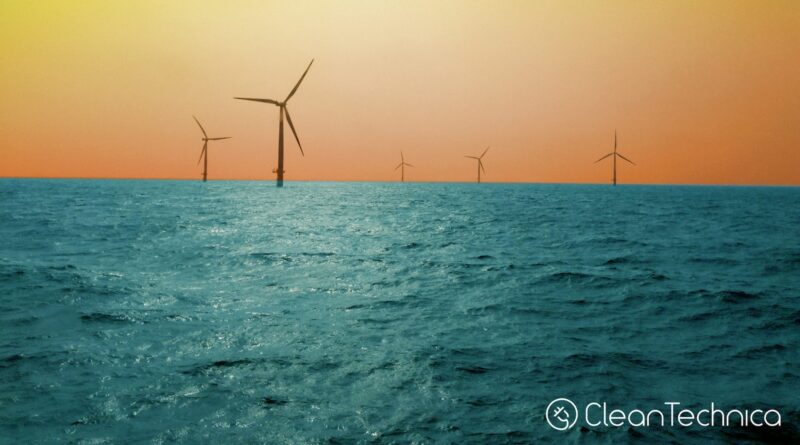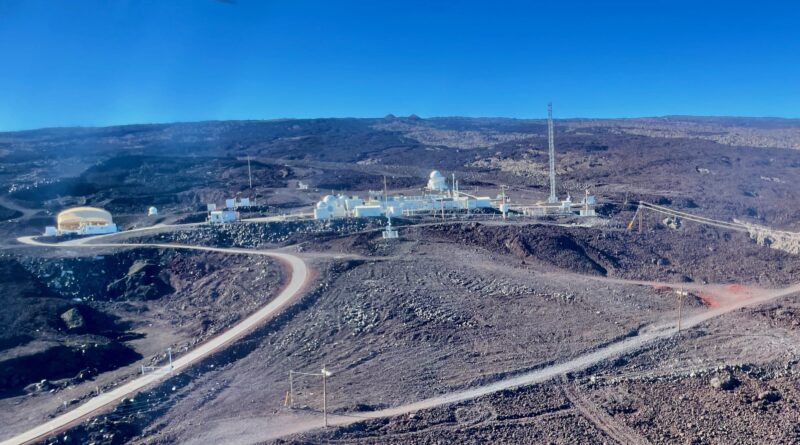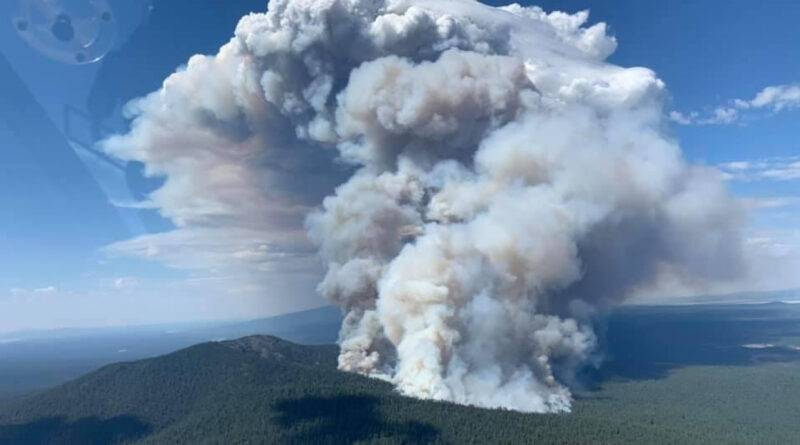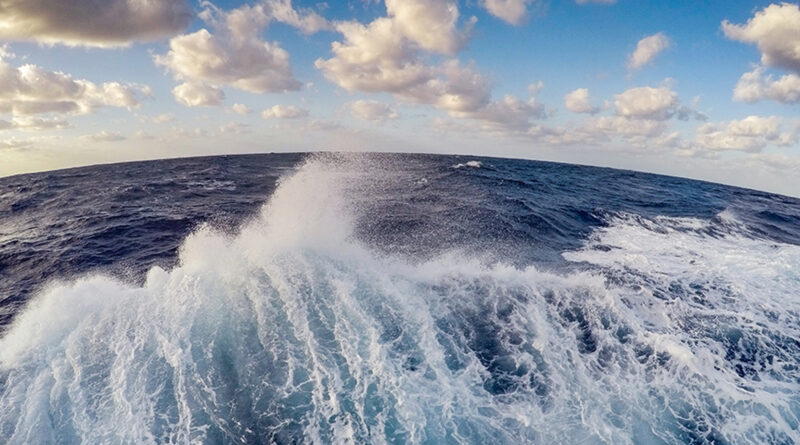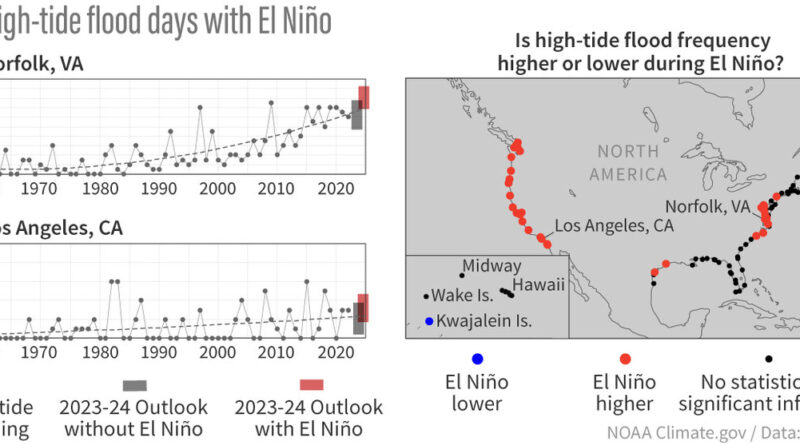Smart Siting of Offshore Wind Protects Right Whales in Gulf of Maine
The Biden Administration is advancing offshore wind in areas of the Gulf of Maine that pose a lower risk to endangered North Atlantic right whales. The Final Wind Energy Area (WEA) identified for potential offshore wind development in the Gulf of Maine is largely located away from habitats of higher importance to … [continued]

